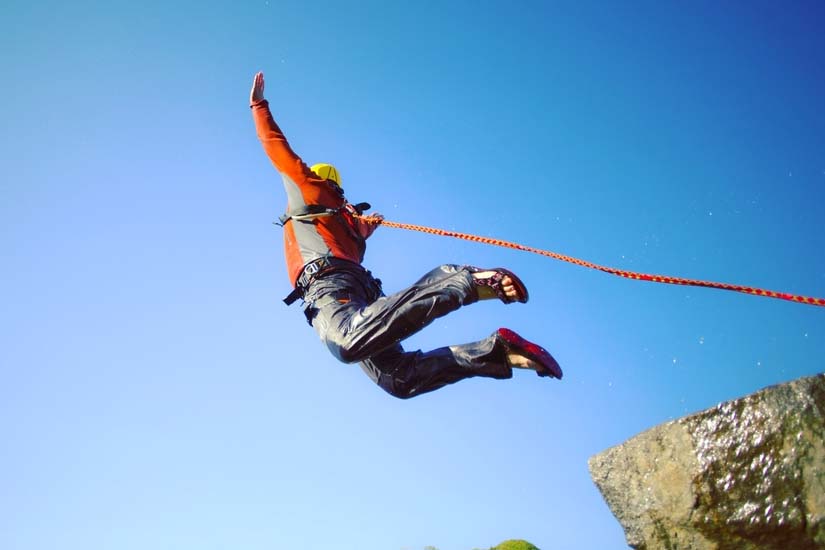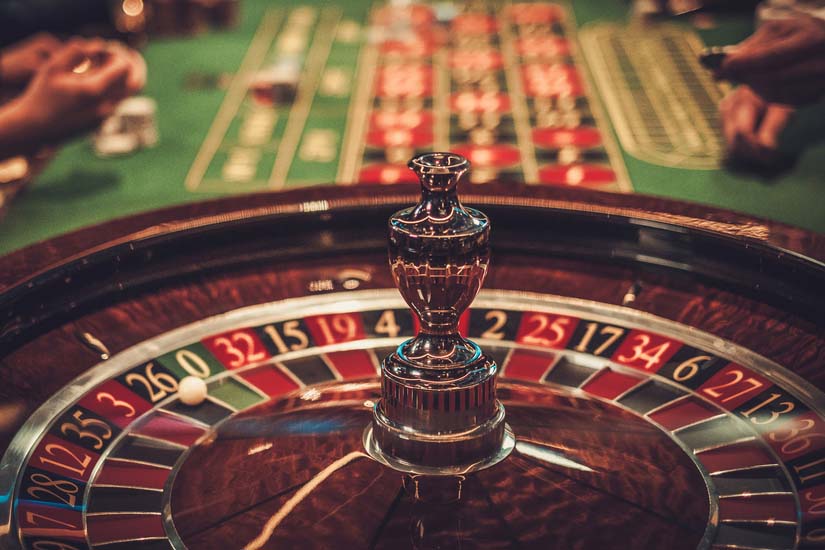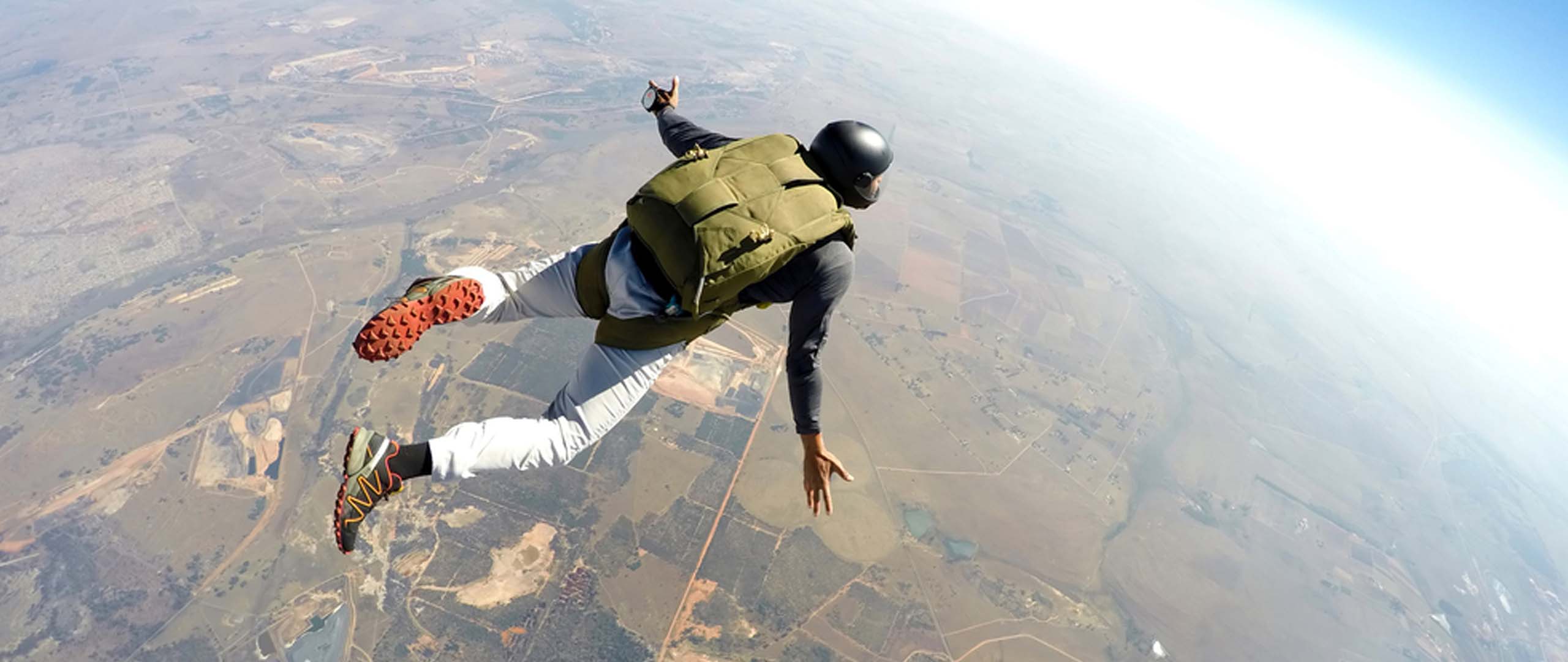Ever wondered why some people enjoy throwing themselves out of planes, or hurtling round a race track with seemingly reckless abandon, while others prefer to chill out and read a book? Whichever side of the fence you’re on, and even if you’re somewhere in between, you surely already recognise that some people are seemingly more up for taking personal risks, while others take enjoyment from somewhat quieter, safer pursuits.
Well now, scientists think they could have the answer. They think the answer lies in genetics, as well as personality, and that this combination could be the driving force behind some people seeking ever more dangerous thrills.
The so-called ‘dare-devil’ gene is yet to be widely accepted by mainstream science, and to date there’s only a single small study that indicates its presence. Yet to the casual observer, it seems clear that some people are more inclined to seek thrills than others.
A Dare Devil Gene?

So why do some people enjoy abseiling from skyscrapers, while others are more comfortable at home or in a library? If genetics is part of the answer, it can only be a small part. More likely, having the dare-devil gene in their makeup makes individuals more prone to risky behaviour. But beyond that, there may be a combination of environmental, social and behavioural factors at play, when someone considers whether or not to take that leap in chase of that next buzz. Canadian astronaut Chris Hadfield is a good case in point. The ex-Commander of the International Space Station has a fear of heights, a fact seemingly entirely at odds with his bold career choice. He admits that even to this day, standing over the edge of a cliff fills him with dread and fear responses which would surely be considered atypical for anyone who doesn’t benefit from a dare devil gene.
Yet perhaps for Chris Hadfield, his comfort comes from better understanding the risks, and in his preparation for handling them. Training to go into space is a gruelling process, both physically and mentally, with significant time dedicated to teaching the perfect response to danger, disaster and malfunction in every conceivable dimension.
Beyond a dare devil gene, or some inherent predisposition to risky behaviour, Hadfield is perhaps a shining example to those who feel limited by their genetics – perhaps it’s not taking the risk that defines thrill seekers, but their ability to understand and evaluation risk, danger and the steps they can take to reduce these effects.
Red or Black – The Ultimate In Thrill Seeking

Perhaps one of the most galling examples of non-sporting thrill seeking in recent years was the case of Ashley Revell. Those of you who were paying attention to Sky One in April 2004 will no doubt remember one of the most audacious and incredibly stupid decisions ever made on TV, as Revell liquidated his life, packed his bags and flew off to Vegas with his entire life-savings.
Destined for the roulette table, Revell was to put his entire life savings on a single spin, red or black playing live roulette. Either he wins the money, or loses everything. By the team he, and the documentary crew, reached the Las Vegas gaming floor, he had over £76,000 on the line. In those fleeting moments, as the ball spun and the chips were down, the tension in Revell’s face told the whole story.
Clearly a thrill seeker to some extent, Revell was incredibly fortunate to walk away in the money – the ball came to rest on red 7, winning him £76k and doubling his entire wealth. For those who are not of the thrill-seeking disposition, the prospect of losing it all on that single spin doesn’t even bear thinking about.
Revell has somewhat disappeared from view following on-screen victory, presumably with a cracking story to tell everyone he meets for the rest of his life. Whether his move was bold or stupid is a matter of personal opinion. But clearly for some, the allure of big thrills and serious risk are simply too much to ignore.

